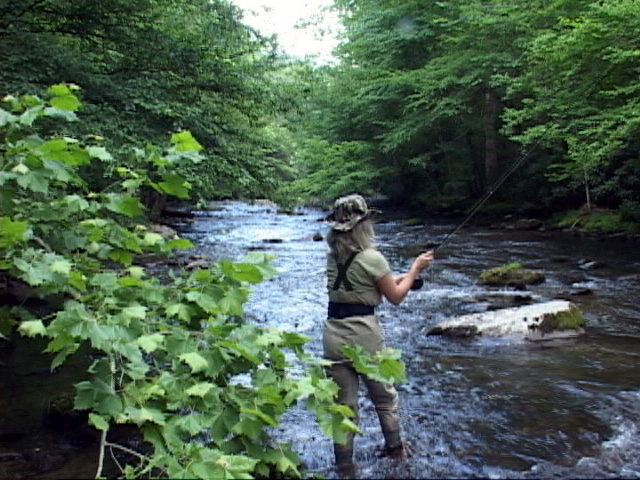
many streams because of the heavy
vegetation and tree limbs. Wading is
necessary in those cases.
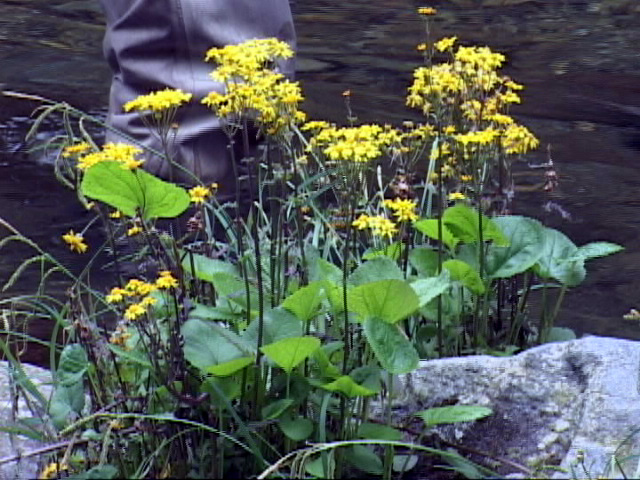
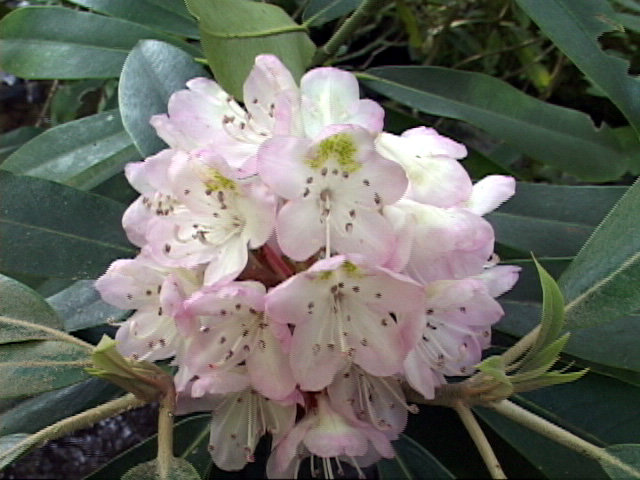
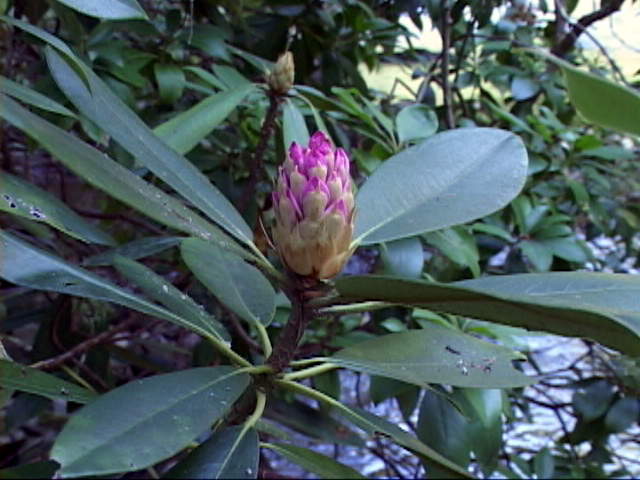
Summer.
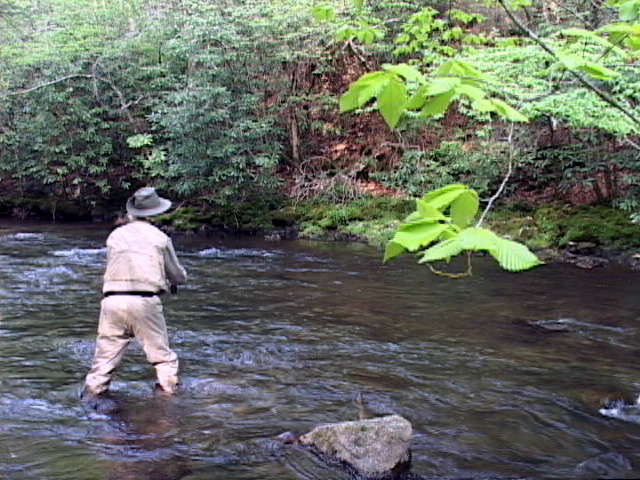
aquatic insect hatches in the park’s
streams. Hatches provide the most
fun way to catch trout on the fly.
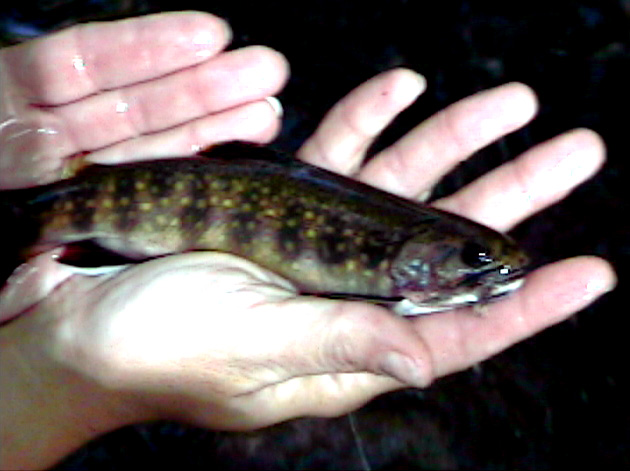
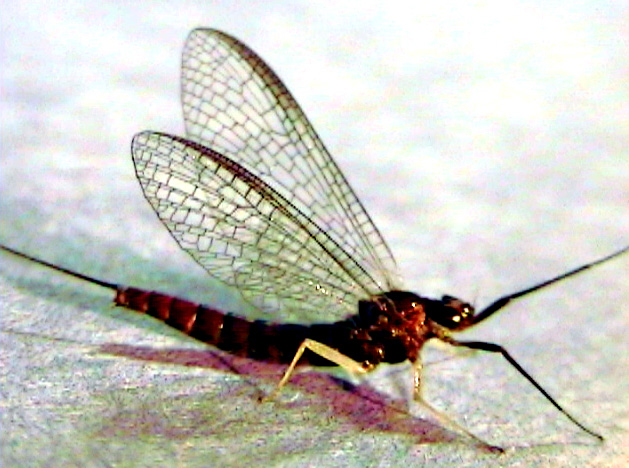
When To Come and What To Expect:
April, May and June:
April:
The first part of April can still bring some rapid changes in the weather. A big cold front can come through and bring a few days of what is commonly called a Blackberry Winter but the odds of this happening gets lower as the April days go by. Thunderstorms can roll through but usually last for only a short time. The long range weather forecast should clue you in on any bad weather potential. You should always check it before deciding on dates to fish Great Smoky Mountains National Park.
In April the trees are usually blooming well in the lower elevations and starting to bloom in the highest elevations. The dogwood trees will be in full bloom by the middle of the month. Wildflowers will be blooming in the forest. The Smokies is home to over 1500 different flowering species. For the most part, the fish will probably be very active and several species of aquatic insects should be hatching. Most of the time you will be able to catch trout on the surface with dry flies. You want to try to avoid periods of heavy rainfall caused by major storm fronts crossing the nation. Again, the long range weather forecast should clue you in on this at least three or four days in advance.
The only downfall to the month of April is that some of the streams tend to get crowded. It is probably the most fished period of time during the year. If you are not careful you can find yourself fishing behind someone else that has waded up the stream in front of you. You can easily solve this by getting off the streams along roads and major trails that follow the rivers. All things considered, provided you are not just highly unlucky with the weather, April is an excellent month to fly fish the Smokies.
May:
May is considered the best month to fish the Smokies by many anglers. The weather is normally a little more stable than it is in April. It may rain frequently but when it does, the streams usually return to their normal levels very quickly. The trout should be active from the lower to the higher elevations. You have a lot of options as to where to fish and what to fish for during the month of May. You can try to catch a large brown trout, fish for rainbows most anywhere in the park, or catch brook trout fairly easy in the small streams of the higher elevations.
Aquatic insects will continue to hatch although the number of species and quantities of hatching insects may decline from those in April. Little Yellow Stoneflies called “Yellow Sallys” will be hatching and provide excellent fishing opportunities for most of the day. Late in the day you may be able to catch trout feeding on the egg layers on dry fly imitations. You will have more time to fish each day as the days will be getting longer. You can start fishing earlier in the day than you can on cold mornings. If you prefer to stay in the park’s campgrounds and remote campsites, May is usually a good month to do so. School will still be going on and the tourist crowds will be less than they are during the summer. The float tubers will not arrive until June. All things considered, May is a great time to plan your fly fishing tip to the Smokies. The flame azalea will begin to bloom in the lower elevations. The Mountain Laural will be in full bloom in the higher elevations. It is a beautiful time to fish the Smokies.
June:
June brings warmer weather. The hills and valley turn a rich, deep green. The Flame Azalea will be at their peak. Rhododendron will reach their peak in the lower elevations. Thunderstorms will begin to appear in the afternoons but will be short lived. Before the month is over, the air temperatures in the lower elevations of Great Smoky Mountains National Park will reach into the nineties. Some sections of the streams in the lower elevations will begin to reach marginal high water temperatures for the trout. Towards the middle of June, the higher water temperatures will usually slow the fish activity in most of the larger streams in the park but the small steams in the higher elevations will come into full swing. Aquatic insect hatches will be fewer and farther between and terrestrial insects will become important. Ants, beetles and grass hopper imitations will begin to work. Moth larvae, usually called “inch worms” will appear on the limbs of trees and begin to fall into the water.
Tubers and swimmers will begin to be a problem for those that want to fish along the roads. You will need to get off the main traffic areas and in more remote areas of the streams. You can usually be alone if you fish early and late in the day. If you like, you can “wet wade” the streams. The water will be warm enough that you can put the waders away and just wear felt sole wading boots. Walking into the remote areas of the park is much easier if you don’t wear waders.
This is the month many anglers must choose because their children are out of school and they must spent their vacation time with them. That makes Great Smoky Mountains a real value in respect to its many other activities that are suitable for the other members of the family.
Copyright 2011 James Marsh
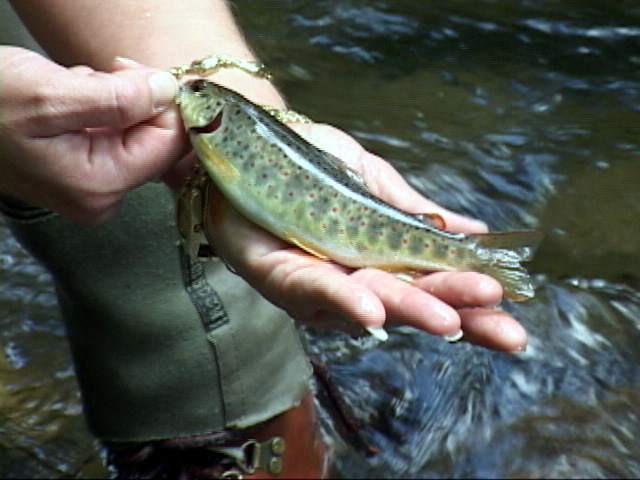
Angie’s “Perfect Fly” Light Cahill Dun
Imitation. This hatch last a long time
in the Smokies.
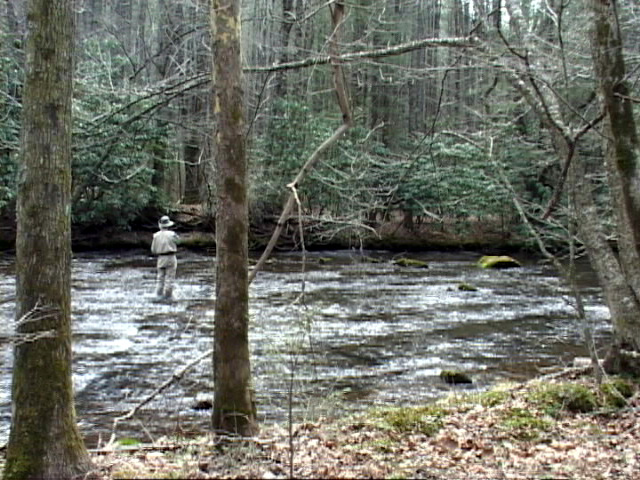
during May. This is one of our favorite
streams in the park. It has several
large hatches of mayflies.

always warm. Angie had to use a
nymph to catch this little brown
during a Blackberry Winter last year.

butterflies most of which are
beautiful. We always like to
photograph them for our collection.
You will see lots of this species.


